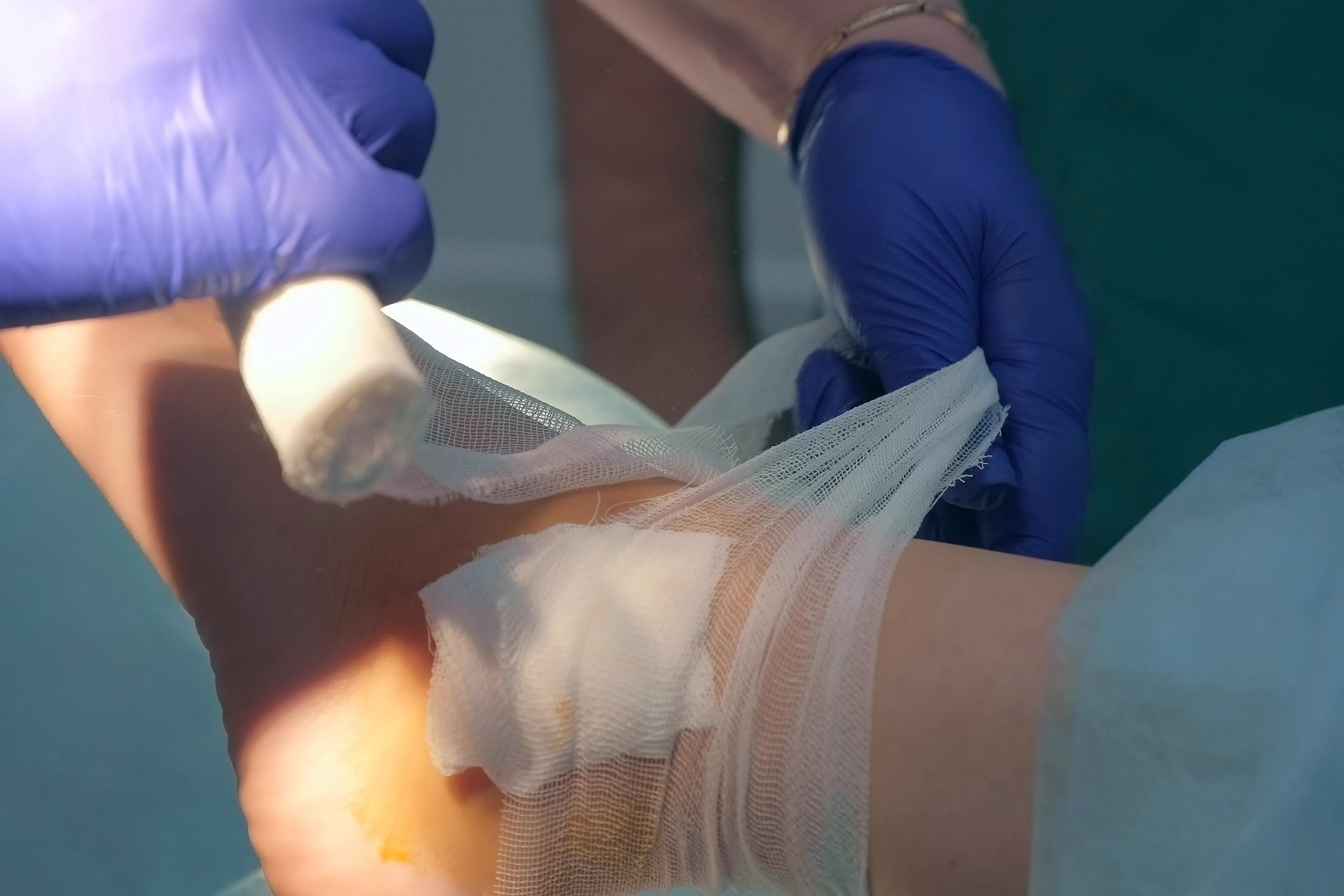How Nurses Can Help Patients with Peripheral Artery Disease
Peripheral artery disease, commonly known as PAD, refers to the narrowing of the arteries (typically in the legs) that restricts the flow of blood. For many patients living with PAD, proper management is essential to maintaining quality of life and avoiding serious complications. Therefore, as a nurse, you play an important role. By gaining some knowledge about the condition, you can help your patient take charge of their health.
Explain the importance of knowing about PAD and its symptoms.
Although it is a common condition, not many people are aware of it. In fact, one study found that in patients with documented PAD, only 64.2% of the participants knew they had the disease.
As a nurse, you can explain the symptoms of the disease and how early detection can prevent the worsening of the condition and reduce the risk of amputation.
Symptoms to look out for include painful cramping in one of both of your hips, thighs, or calf muscles after physical activity; leg numbness or weakness; and sores on your feet or legs that won’t heal.
Identify risk factors that place patients at higher risk for developing PAD.
As healthcare providers, nurses play a critical role in identifying risk factors that may predispose patients to developing peripheral artery disease (PAD).
Early detection of such risk factors provides a window of opportunity to initiate preventive measures that can reduce the likelihood of disease development and progression.
Nurses are trained to conduct comprehensive patient assessment, which includes evaluation of lifestyle habits, medical history, and family history.
By analyzing these factors, the nurse can identify patients who are at higher risk for PAD and provide them with information about the potential risks associated with untreated PAD.
Download this free PAD flyer to give to your patients.
Nurses should educate their patients about certain risk factors, such as high blood pressure, high cholesterol, diabetes, and smoking.
Help implement lifestyle modifications to reduce risk.
As healthcare professionals, nurses play a critical role in helping patients adopt lifestyle modifications that can significantly reduce their risk of a wide range of illnesses.
By encouraging patients to quit smoking, exercise regularly, and follow a healthy diet, nurses can help their patients make vital changes that promote better health outcomes and greater well-being.
These lifestyle modifications can be challenging for patients to implement alone, making it essential for nurses to provide them with the guidance, education, and support they need to succeed.
Discuss the diagnostic test available.
Ankle brachial index
At MIMIT Health, we offer the ankle brachial index test. It’s a non-invasive and reliable way to assess blood flow in the legs. During the test, a provider measures the blood pressure in the arms and ankles using a blood pressure cuff and a Doppler ultrasound machine. By comparing the two readings and dividing the ankle pressure by the arm pressure, the ankle brachial index is determined. This number provides important information about the health of the arteries in the legs, as well as the risk of developing peripheral arterial disease.
Discuss the treatment options available.
Diet and exercise
While medical treatment is essential to manage this condition, diet and exercise play a crucial role in treatment. A diet that is low in saturated and trans fats, sodium, and added sugars, and high in fruits, vegetables, whole grains, and lean proteins can help improve the symptoms of PAD.
Exercise, particularly walking, can also improve blood flow to the affected limbs and help relieve pain while increasing overall physical fitness. It's important to work with a healthcare provider to create an individualized treatment plan that addresses both medical and lifestyle changes for the best outcomes.
Angioplasty
One highly effective treatment option that MIMIT Health offers is angioplasty, a minimally invasive procedure that uses a tiny balloon to open up a narrowed artery.
During the procedure, a doctor threads a thin tube called a catheter through an artery in the groin or arm and advances it to the site of the blockage. Once the catheter is in place, the balloon is inflated to flatten the plaque that is blocking the artery, allowing for improved blood flow. In some cases, a small metal mesh tube called a stent may also be inserted to help keep the artery open. Angioplasty can provide significant relief from the symptoms of peripheral artery disease and improve overall quality of life.
Provide education on self-care.
Self-care is a vital component of health and wellbeing that should not be overlooked.
Informing patients about the importance of taking care of themselves is crucial, and this includes explaining various methods they can adopt.
One such method is proper foot care. Many people forget that feet play a significant role in their overall health. Checking your feet daily for any bruises or cuts is essential in preventing infections that may develop into severe conditions.
Furthermore, avoiding long hours of sitting or standing is another self-care technique that patients should incorporate into their daily routine.
Offer supportive resources.
One supportive resource to offer to patients is our Facebook support group. Any user can join, and all content is directed towards those with PAD and how to navigate their life with this condition. Navigating a medical diagnosis can be overwhelming for both patients and their families, so it’s nice to have others in the group who are going through similar things as you.


